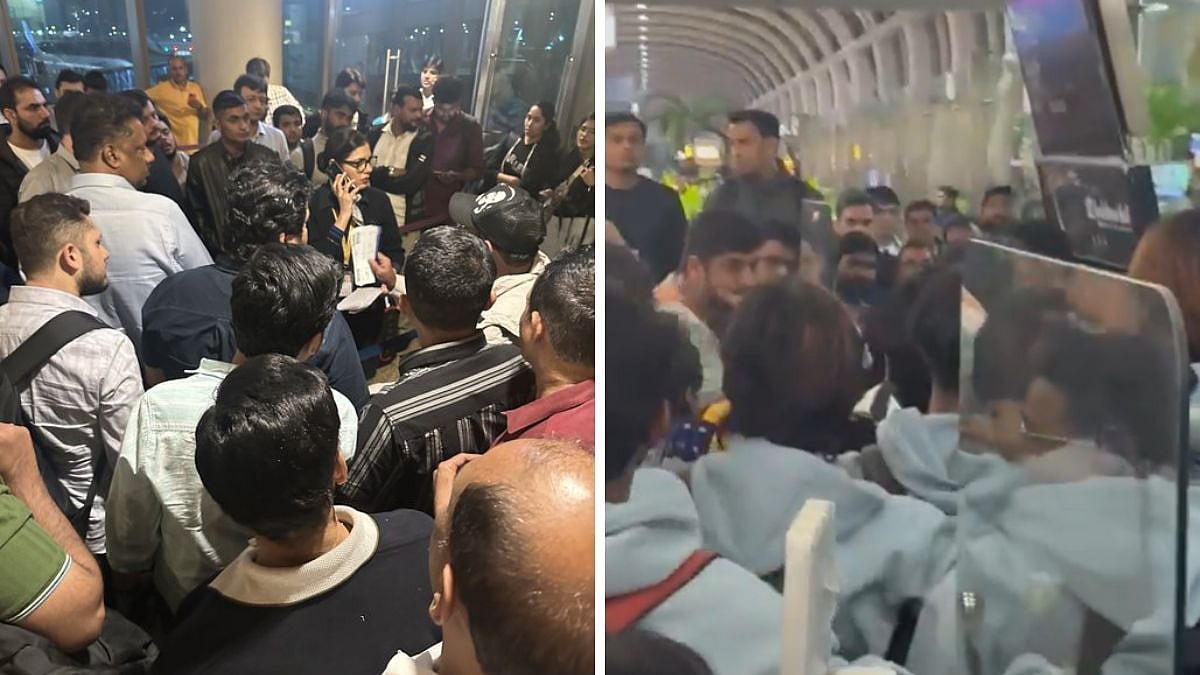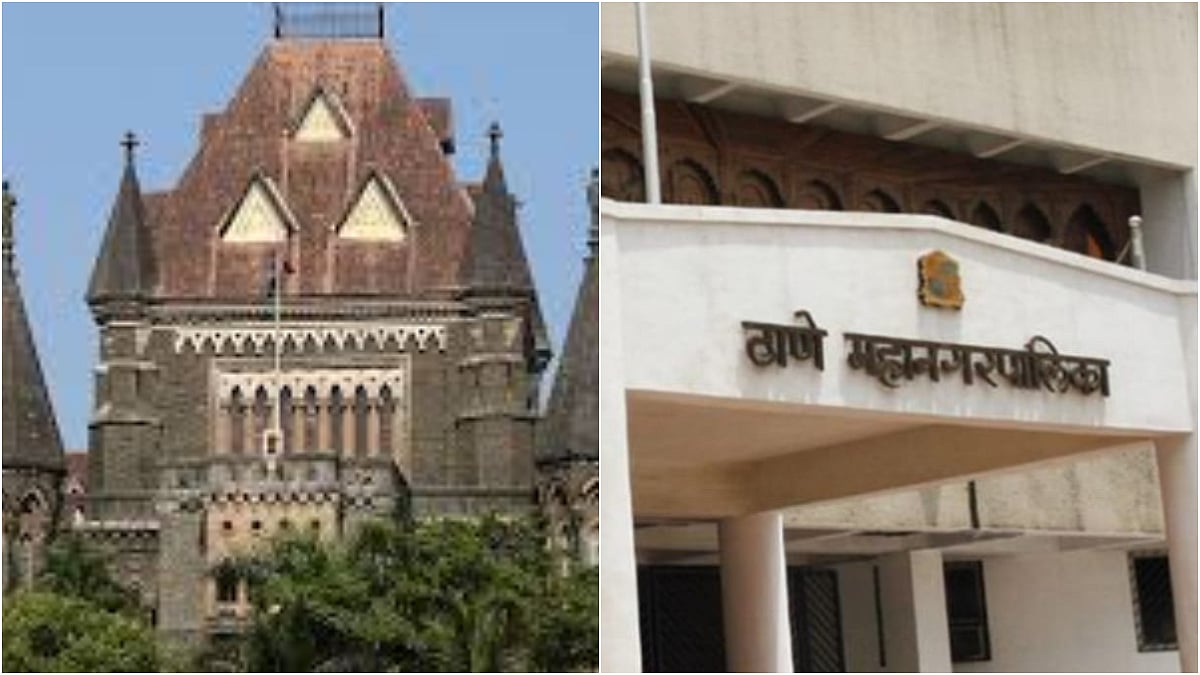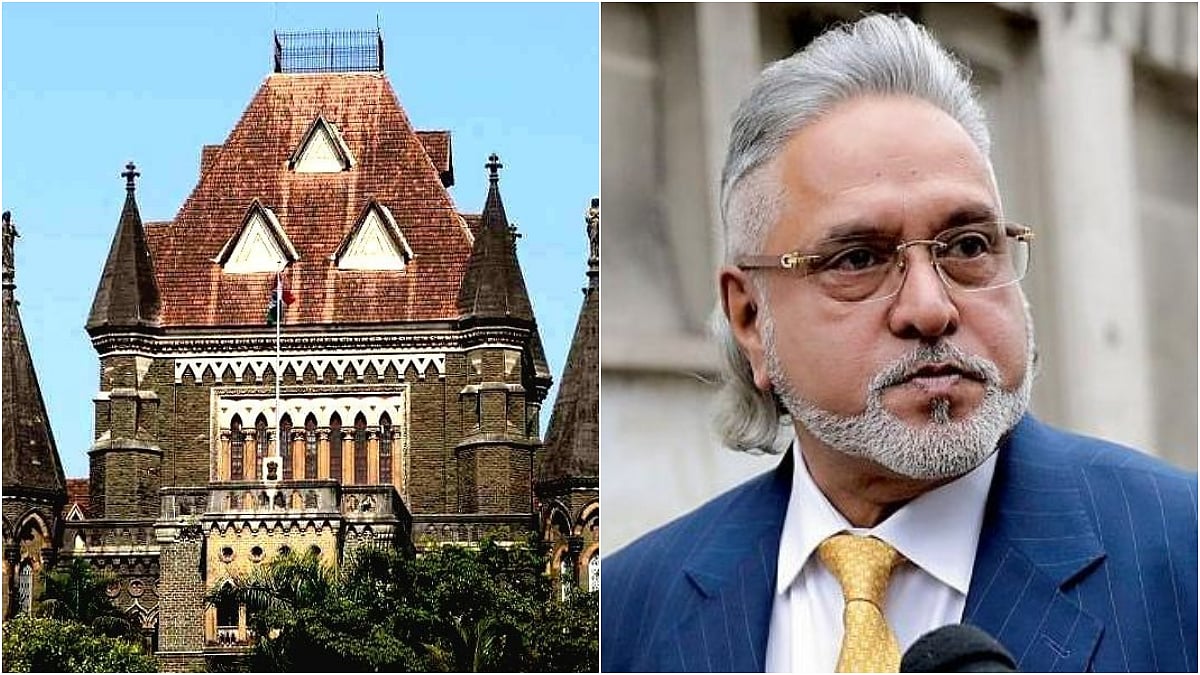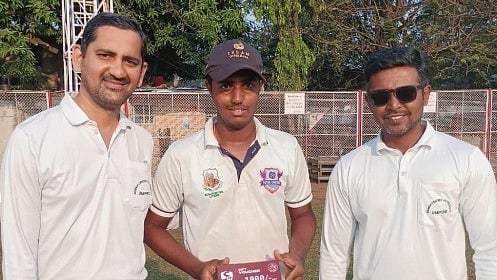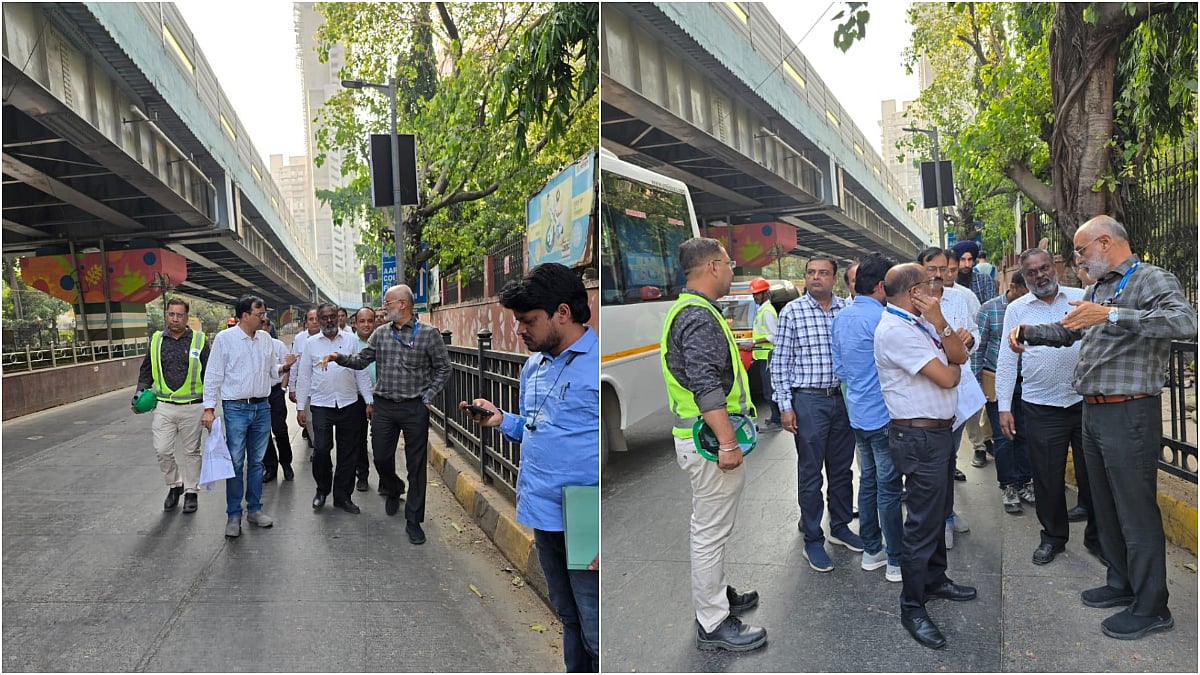Work on a RoRo (Roll-on/Roll-off) jetty between Marve and Manori which had been stalled in May this year after protests from residents of Gorai and Manori, has resumed again amidst objections from the villages.
Residents have said that stones and soil dumped to create an approach road to the proposed jetty on the Manori side has choked mangrove forests, threatening the fragile ecosystem in the area. Residents have filed a complaint with the Gorai police, asking for details on the environmental permissions for the project.
MMB's role in RoRo jetty construction
The jetty is being built by the Maharashtra Maritime Board (MMB) which is in charge of developing water transport for cargo and passengers in inland waterways in the state.
The jetty, which is being built next to the old one, will allow the introduction of RoRo boats capable of carrying four-wheelers. Currently, Marve and Manori, located on the narrow Marve Creek, are connected by a ferry service that can carry passengers and two-wheelers. During Local Opposition and Concernsemergencies, the jetties can carry police vehicles and four-wheelers.

FPJ

FPJ
Local opposition and concerns
The Dharavi Bet Bachao Samiti a group representing residents of the villages has said that the path for the new jetty at Marve is destroying mangrove trees. The locals call the area between Manori and Chowk (on the Bhayandar side) as Dharavi Island.
Joseph Gonsalves, a resident of Uttan village, said that the Marve Creek is too shallow for a RoRo service. “The creek is deep enough during high tide, but shallow during low tide. We fail to realise how the RoRo service will operate when water is so low that you can wade across,” said Gonsalves. “The current ferry service is working quite well; why are they building a RoRo jetty?”
Residents of the villages have said that they have not asked for the RoRo service. They said they are opposed to both the RoRo jetty and a proposed bridge across the creek. “These (Manori, Gorai, and other settlements) are the last villages of Mumbai. The rest of Mumbai has been concretised. We want to preserve our area as a place where Mumbaikars can come and enjoy,” said Lourdes D’Souza, a resident.
Officials from the MMB were not available for comment on Sunday. According to residents, builders are eyeing the construction potential of developable government land – estimated to be around 1200 acres. Most residents in the area are farmers and fishermen, and they are worried that if the area is opened to unbridled construction, the culture of the area will vanish. “The village roads are narrow and cannot cope with the traffic that will come to the area if the RoRo is built. We do not want urbanisation of our area,” said D’Souza.
Residents said that the area needs piped water, schools, playgrounds, and an uninterrupted electricity supply, more than the RoRo and bridges connecting it to the mainland. Many villagers farm agricultural land passed on by their ancestors and have been struggling to get ownership titles. They fear that they will lose land that has been in their possession for generations.

